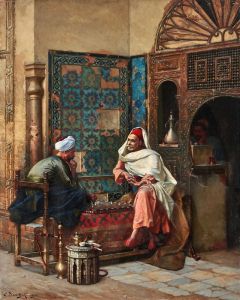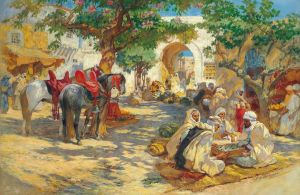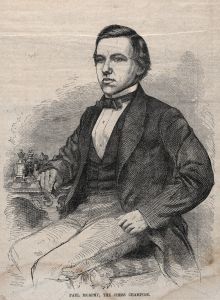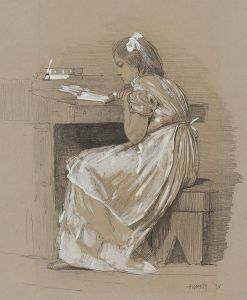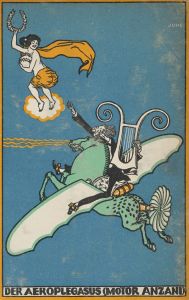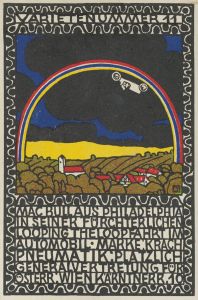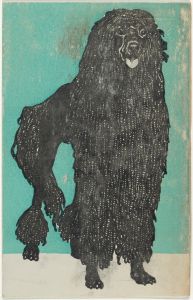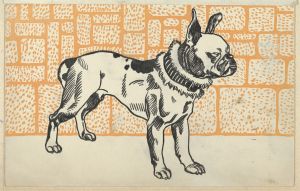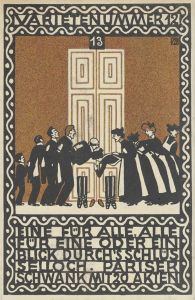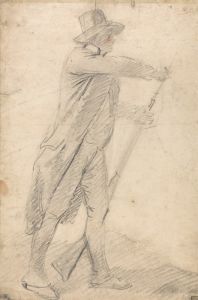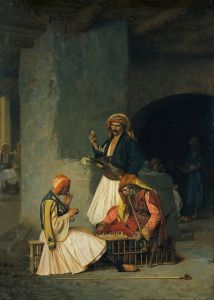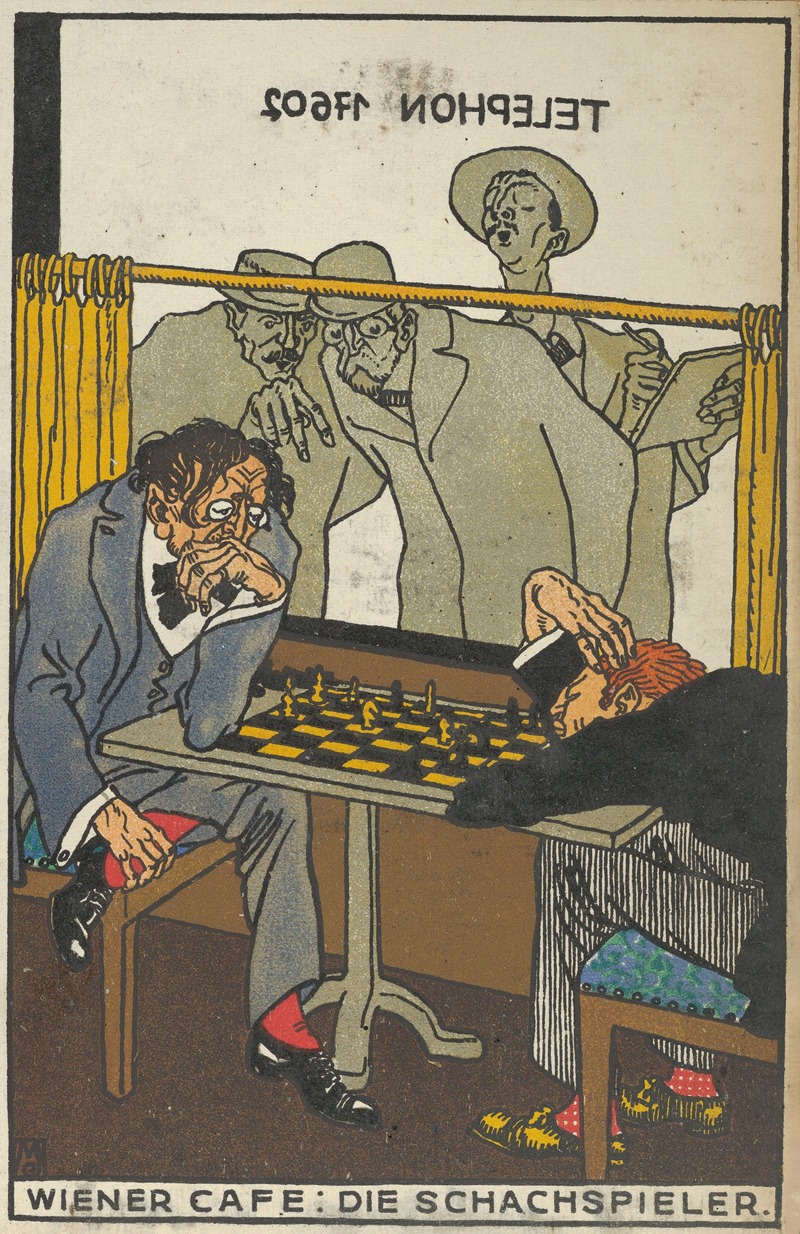
The Chess Players
A hand-painted replica of Moriz Jung’s masterpiece The Chess Players, meticulously crafted by professional artists to capture the true essence of the original. Each piece is created with museum-quality canvas and rare mineral pigments, carefully painted by experienced artists with delicate brushstrokes and rich, layered colors to perfectly recreate the texture of the original artwork. Unlike machine-printed reproductions, this hand-painted version brings the painting to life, infused with the artist’s emotions and skill in every stroke. Whether for personal collection or home decoration, it instantly elevates the artistic atmosphere of any space.
Moriz Jung was an Austrian artist known for his contributions to the Wiener Werkstätte, a production community of visual artists in Vienna, Austria. The Wiener Werkstätte was established in 1903 and became a significant part of the Viennese art scene, promoting the integration of art and design in everyday life. Moriz Jung was one of the artists associated with this movement, contributing to its distinctive style characterized by geometric patterns, bold colors, and a blend of traditional and modern elements.
"The Chess Players" is one of Jung's notable works, reflecting the artistic principles of the Wiener Werkstätte. Although specific details about this particular piece are limited, it is representative of the period's artistic exploration and the cultural milieu of early 20th-century Vienna. The Wiener Werkstätte artists, including Jung, often focused on creating works that were both functional and aesthetically pleasing, blurring the lines between fine art and applied art.
Jung's work, including "The Chess Players," typically features a strong emphasis on line and form, with a clear influence from the Art Nouveau movement, which was prevalent in Europe at the time. Art Nouveau is characterized by its use of organic forms, flowing lines, and an emphasis on natural motifs. In "The Chess Players," these elements may be observed in the stylized representation of figures and the dynamic composition, which captures the intellectual engagement and strategic nature of the game of chess.
The cultural context of Vienna during Jung's time was one of vibrant artistic experimentation and innovation. The city was a hub for artists, writers, and intellectuals, fostering a rich environment for creative expression. The Wiener Werkstätte, with which Jung was associated, played a crucial role in this cultural landscape, promoting a holistic approach to art and design that influenced various aspects of daily life, from architecture and furniture to textiles and graphic design.
Moriz Jung's contributions to the Wiener Werkstätte and his works like "The Chess Players" are significant in understanding the evolution of modern art in Vienna. His art reflects the broader trends of the time, including the move towards abstraction and the integration of art into everyday objects and experiences. Although Jung's career was tragically cut short by his death in World War I, his work remains a testament to the innovative spirit of the Wiener Werkstätte and the dynamic cultural environment of early 20th-century Vienna.
In summary, "The Chess Players" by Moriz Jung is a reflection of the artistic and cultural movements of its time, embodying the principles of the Wiener Werkstätte and the Art Nouveau style. While specific details about the piece are scarce, it stands as an example of the integration of art and design that characterized the period and highlights Jung's role in the vibrant artistic community of Vienna.





